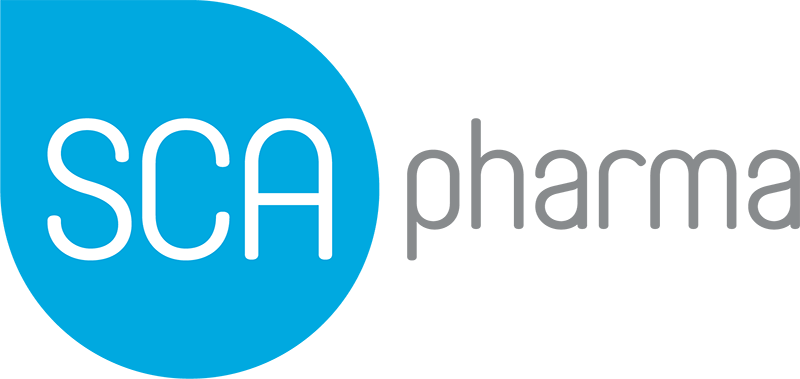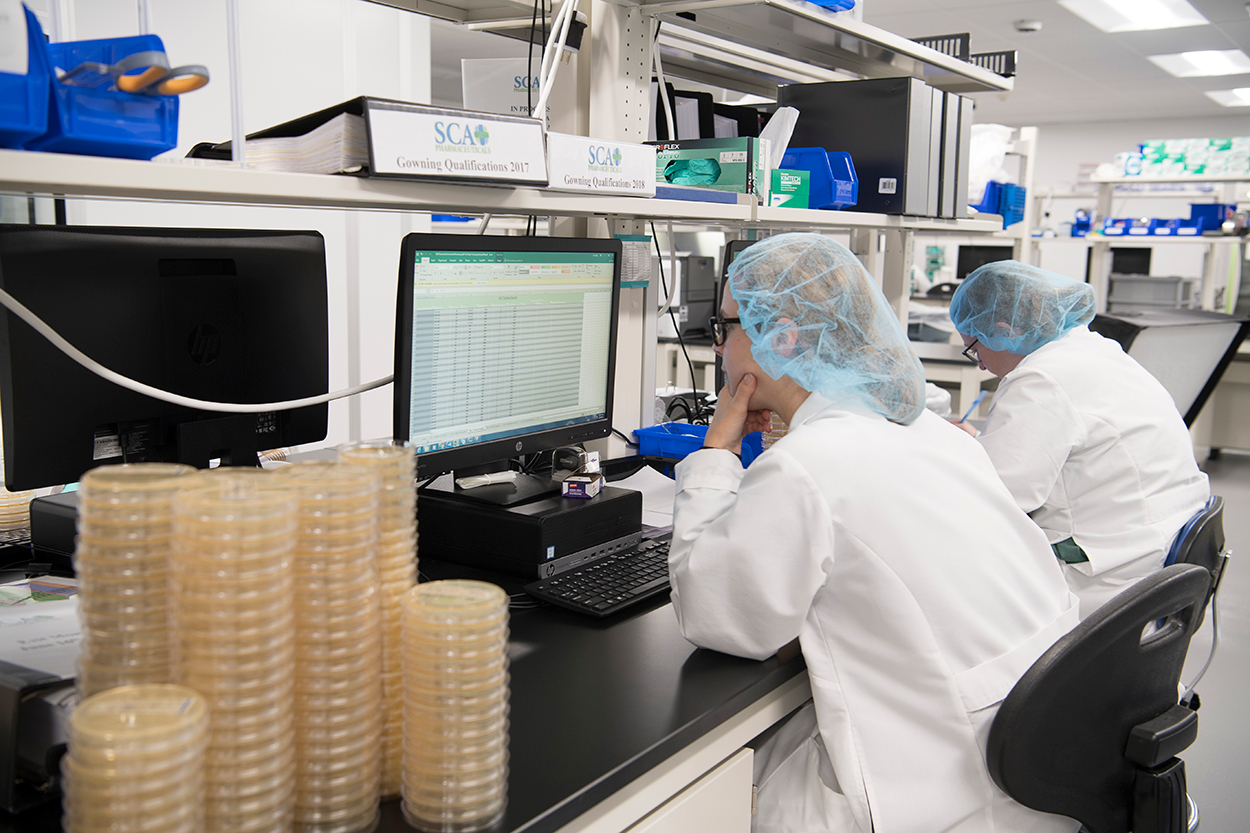Due to the important role of healthcare in maintaining the health of the general public in society, it is highly regulated with plenty of governmental oversight. The Pharmaceutical Research and Manufacturers of America have estimated that close to 3.6 billion prescriptions are dispensed each year in the United States. It is estimated that 30 to 40 million of those prescriptions are compounded medications according to the U.S. Pharmacopeial Convention.
Customized medications are necessary to meet a specific need of a patient that is not available premanufactured at a regular pharmacy. Medications are manufactured per the requirement of patients, where the various ingredients get mixed in accordance with their unique prescriptions given by their doctors. This is a bit different when compared to general medication, which is produced in bulk by massive companies.
The Event That Changed Everything
There was a time when compounding regulations were lax and what did exist was enforced only to a certain extent.
Things changed after contamination issues caused a lot of people to be affected negatively across the country. This is where the government decided to create a new system for classifying and regulating compounding pharmacies.
The changes that took place were far-reaching which involved local boards losing much of their authority over these facilities, and the same being transferred to the FDA.
Furthermore, the FDA used two categories of classifications; namely 503A and 503B. Each of these classifications represented a specific sector of pharmacies that catered to a specific market segment. The biggest difference between the two categories of compounding pharmacies is that while 503A pharmacies produce the drugs in small batches, 503B pharmacies do the same in large quantities.
When it came to 503B facilities, there are some advantages that are worth knowing about. The details are given below.
1.) Cost Factor
The fact that 503B pharmacies produce medications in bulk means that one is able to reduce the cost incurred by the facility during the production process.
This resulted in a greater degree of profits to be achieved as the company gets to save more during the manufacturing phase.
2.) Market Outreach
Another important advantage is the market outreach. This refers to the ability of these pharmacies to reach out to markets across the countries.
Due to regulations by the US FDA, 503A compounding pharmacies are not allowed to sell their products beyond state lines or at least beyond the markets that they operate in.
In this regard, 503B facilities had the advantage to reach markets across the country and gain a greater share of profits in the compounding pharmacy business.
3.) Consumer Trust in the Compounded Medications
503B compounding facilities have to go through a greater degree of paperwork and compliance requirements in comparison to 503A facilities.
The reason for this is because of the general market reach of these facilities may be extended to the entire country.
Due to this fact, one indirect effect is that consumers are far more likely to have a higher degree of trust in 503B medications as a result of the many safeguards and FDA oversight that has been put in place.
Although it is largely a psychological aspect of the consumer rather than being a measure of the medication quality, the fact is that people are more likely to trust a product which has gone through a far greater degree of quality checks and governmental oversight.
4.) Reduction of indirect costs
This is interconnected to the first point.
The fact that 503B facilities have the advantage of mass production also allows these facilities to reduce other costs as well, such as those related to administrative or R&D departments.
The reason for this is that a centralized and top-down management allows for a greater degree of efficiency as opposed to a more localized system of administration. It is because while centralized planning allows for the sharing of resources, localized planning will lead to redundancy where each and every facility might need to have its own department in order to ensure smooth functioning.
In all, it can be summarized that 503B pharmacies come with advantages by which 503A compounding pharmacies are limited to.
These advantages mentioned are just some of the most important factors and does not in any way indicate that they are all inclusive in nature.
Regardless of this aspect of compounding pharmacies, it must be noted that both 503A and 503B pharmacies have their importance in the economy and play a vital role in ensuring the best pharmaceutical practices for patient safety.





